|
|
Solar Taichung Cultural Center Made from 1,620 Recycled Shipping Containers
LOT-EK chose to use recycled shipping containers in their Taichung City Cultural Center proposal due to the modular units’ low environmental impact and practical form. “Shipping containers, because millions of them sit unused in ports around the world, and because of their durable 100% cor-ten steel structure, are perfect for this kind of architectural reuse,” the architects explain. “The adaptive reuse of industrial and technological objects has been a major part of our design practice for twenty years. We deploy an ordinary object, and through repetition and geometrical operations of cutting, shifting, and opening, create an extraordinary collective object.”
The use of recycled shipping containers isn’t the only eco-friendly feature of LOT-EK’s Taichung City Cultural Center proposal. The plan also calls for all of the building’s walls and facades to be vertical gardens. The architects anticipate that the vegetated facades and walls will naturally abate sunlight while purifying the air and improving indoor air quality. “On the roof, the photovoltaic array also shelters plantings and creates a local microclimate that cools the building in summer and warms it in winter,” explain the architects in their proposal.
The museum’s atrium is daylit with a large “oculus” skylight that was inspired by Rome’s Pantheon. After passing through the atrium, visitors will take an escalator to the top floor, where they can tour the galleries and access a landscaped roof garden, which could be used for outdoor concerts and film screenings on summer nights.
For the proposal, LOT-EK collaborated with Arup and landscape design firm SurfaceDesign, which designed a network of hard- and soft landscapes that function as gathering areas for visitors. The team also developed a comprehensive stormwater management plan that calls for 100-percent rainwater filtration and reuse.
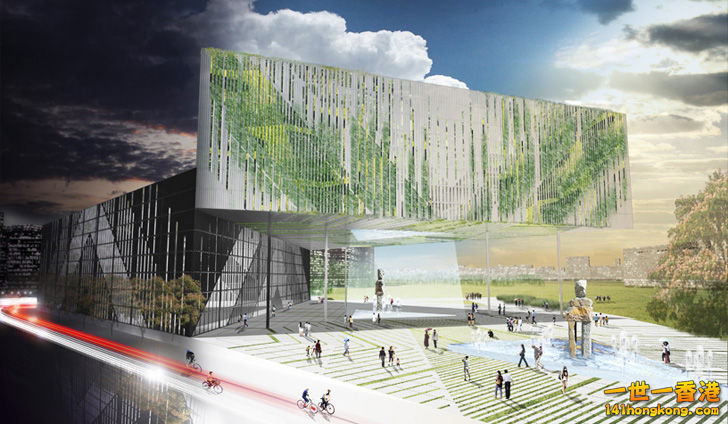
New York-based architecture firm LOT-EK has made a name for itself by constructing buildings from recycled shipping containers. So it did't come as much of a surprise to learn that the firm's proposal for the Taichung City Cultural Center in western Taiwan called for building the new public library and fine arts museum out of cargo containers. What is surprising is the scale of the project -- the proposal calls for 1,620 shipping containers to create an eco-friendly cultural landmark in the bustling Taiwanese city.

LOT-EK chose to use recycled shipping containers in their Taichung City Cultural Center proposal due to the modular units' low environmental impact and practical form. "Shipping containers, because millions of them sit unused in ports around the world, and because of their durable 100% cor-ten steel structure, are perfect for this kind of architectural reuse," the architects explain. "The adaptive reuse of industrial and technological objects has been a major part of our design practice for twenty years. We deploy an ordinary object, and through repetition and geometrical operations of cutting, shifting, and opening, create an extraordinary collective object."
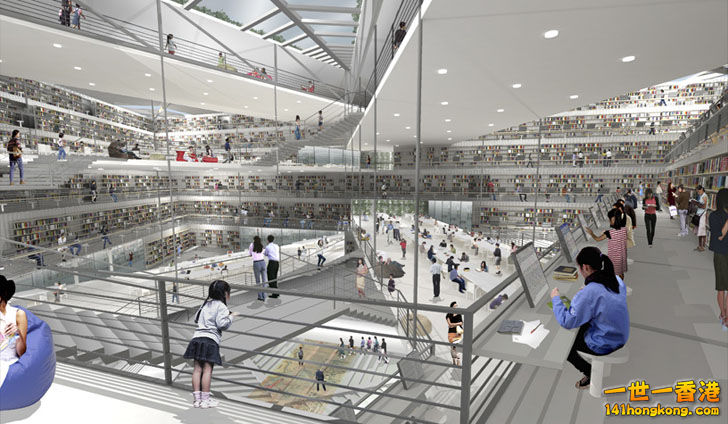
The use of recycled shipping containers isn't the only eco-friendly feature of LOT-EK's Taichung City Cultural Center proposal. The plan also calls for all of the building's walls and facades to be vertical gardens.
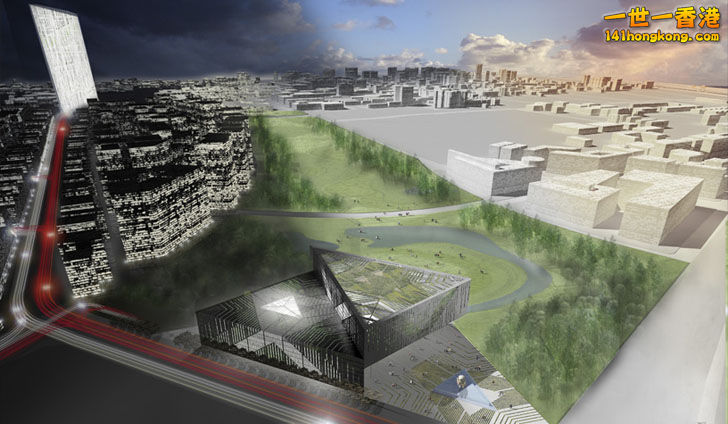
The architects anticipate that the vegetated facades and walls will naturally abate sunlight while purifying the air and improving indoor air quality.
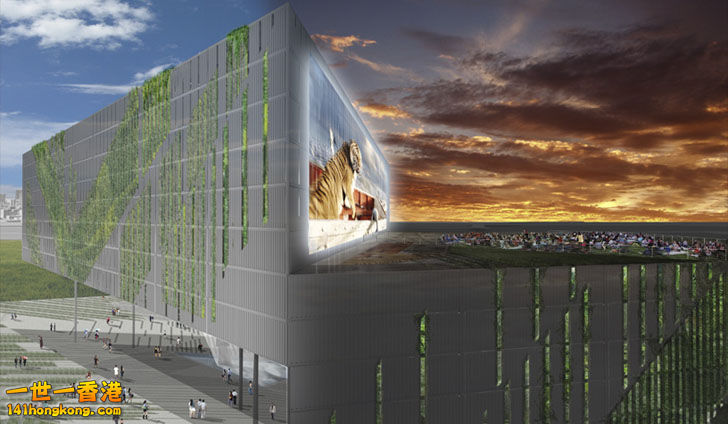
"On the roof, the photovoltaic array also shelters plantings and creates a local microclimate that cools the building in summer and warms it in winter," explain the architects in their proposal.
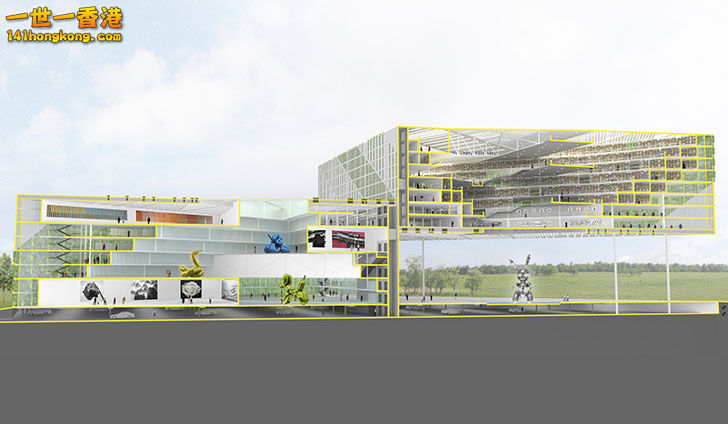
The museum's atrium is daylit with a large "oculus" skylight that was inspired by Rome's Pantheon. After passing through the atrium, visitors will take an escalator to the top floor, where they can tour the galleries and access a landscaped roof garden, which could be used for outdoor concerts and film screenings on summer nights.
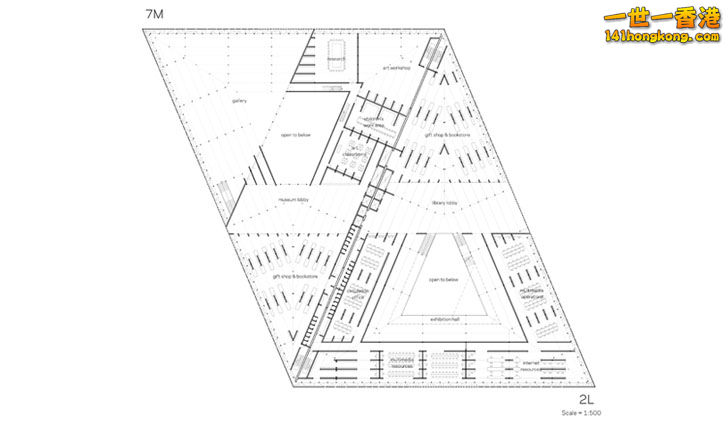
For the proposal, LOT-EK collaborated with Arup and landscape design firm SurfaceDesign, which designed a network of hard- and soft landscapes that function as gathering areas for visitors. The team also developed a comprehensive stormwater management plan that calls for 100-percent rainwater filtration and reuse.
Source: LOT-EK via Inhabitat |
|





